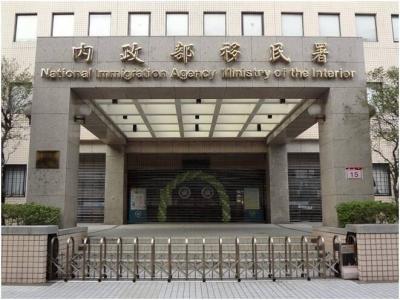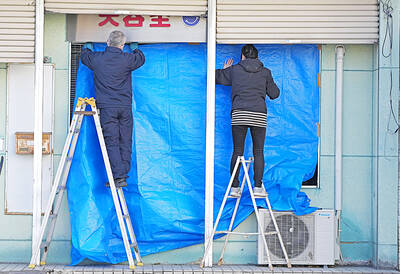The Taipei City Government's latest bid to build a cable car system in the Peitou District has sparked an uproar from local residents and environmentalists, who have been fighting against the project for years.
Besides environmental factors, the excessive width of the proposed system, which is based on Chinese regulations, has stirred new concerns from anti-cable-car groups and city councilors. The width, residents say, would take up too much of the road.
"Instead of adopting more strict Taiwanese criteria, the city government wants to use Chinese safety standards in the construction of cableways," said Chen Huei-tsyr (
The width of the proposed cable car route, which would run between Chinshui Park in Peitou and Yangmingshan National Park, is 11m.
The width conforms to the overhead cableway regulations in China, which stipulate the width of a cable car line between 10.9m and 11.9m. The overhead cableways regulations in Taiwan stipulate that the width of a cable car route must be no less than 15m and no more than 16m.
"The safety distance between a cable car and its sideway is made shorter, from 4m to 1.5m. Adding to the ecologically fragile condition of the area, the design will effect the stability of the cable car and pose a danger to tourists," said Chen, who is also a civil engineering professor at National Central University.
Responding to that criticism, commissioner for the city government's Bureau of Public Works William Chen (
"We adopted regulations made by the European Overhead Cableways Association, not China. It just so happens that China also abides by the same regulations," the commissioner said.
Chuang Wu-hsiung (
Opponents said that the city government failed to provide solid proof of the safety it claimed would be included in the construction plan.
"The cable car system will be running in a crowded area, which poses a greater danger to both local residents and tourists than in other, more spacious places," said DPP City Councilor Lan Shih-tsung (
In addition, Yang Kuoh-cheng (
The Environmental Impact Assessment Law stipulates that no assessment is needed if the development area of a project is less than 4 hectares and the amount of soil dug up is less than 10,0002.
The project covers an area of 2.4 hectares and the amount of soil that would be have to be dug up is estimated at 5,000m2.

A small number of Taiwanese this year lost their citizenship rights after traveling in China and obtaining a one-time Chinese passport to cross the border into Russia, a source said today. The people signed up through Chinese travel agencies for tours of neighboring Russia with companies claiming they could obtain Russian visas and fast-track border clearance, the source said on condition of anonymity. The travelers were actually issued one-time-use Chinese passports, they said. Taiwanese are prohibited from holding a Chinese passport or household registration. If found to have a Chinese ID, they may lose their resident status under Article 9-1

Taiwanese were praised for their composure after a video filmed by Taiwanese tourists capturing the moment a magnitude 7.5 earthquake struck Japan’s Aomori Prefecture went viral on social media. The video shows a hotel room shaking violently amid Monday’s quake, with objects falling to the ground. Two Taiwanese began filming with their mobile phones, while two others held the sides of a TV to prevent it from falling. When the shaking stopped, the pair calmly took down the TV and laid it flat on a tatami mat, the video shows. The video also captured the group talking about the safety of their companions bathing

PROBLEMATIC APP: Citing more than 1,000 fraud cases, the government is taking the app down for a year, but opposition voices are calling it censorship Chinese Nationalist Party (KMT) Chairwoman Cheng Li-wun (鄭麗文) yesterday decried a government plan to suspend access to Chinese social media platform Xiaohongshu (小紅書) for one year as censorship, while the Presidential Office backed the plan. The Ministry of the Interior on Thursday cited security risks and accusations that the Instagram-like app, known as Rednote in English, had figured in more than 1,700 fraud cases since last year. The company, which has about 3 million users in Taiwan, has not yet responded to requests for comment. “Many people online are already asking ‘How to climb over the firewall to access Xiaohongshu,’” Cheng posted on

A classified Pentagon-produced, multiyear assessment — the Overmatch brief — highlighted unreported Chinese capabilities to destroy US military assets and identified US supply chain choke points, painting a disturbing picture of waning US military might, a New York Times editorial published on Monday said. US Secretary of Defense Pete Hegseth’s comments in November last year that “we lose every time” in Pentagon-conducted war games pitting the US against China further highlighted the uncertainty about the US’ capability to intervene in the event of a Chinese invasion of Taiwan. “It shows the Pentagon’s overreliance on expensive, vulnerable weapons as adversaries field cheap, technologically